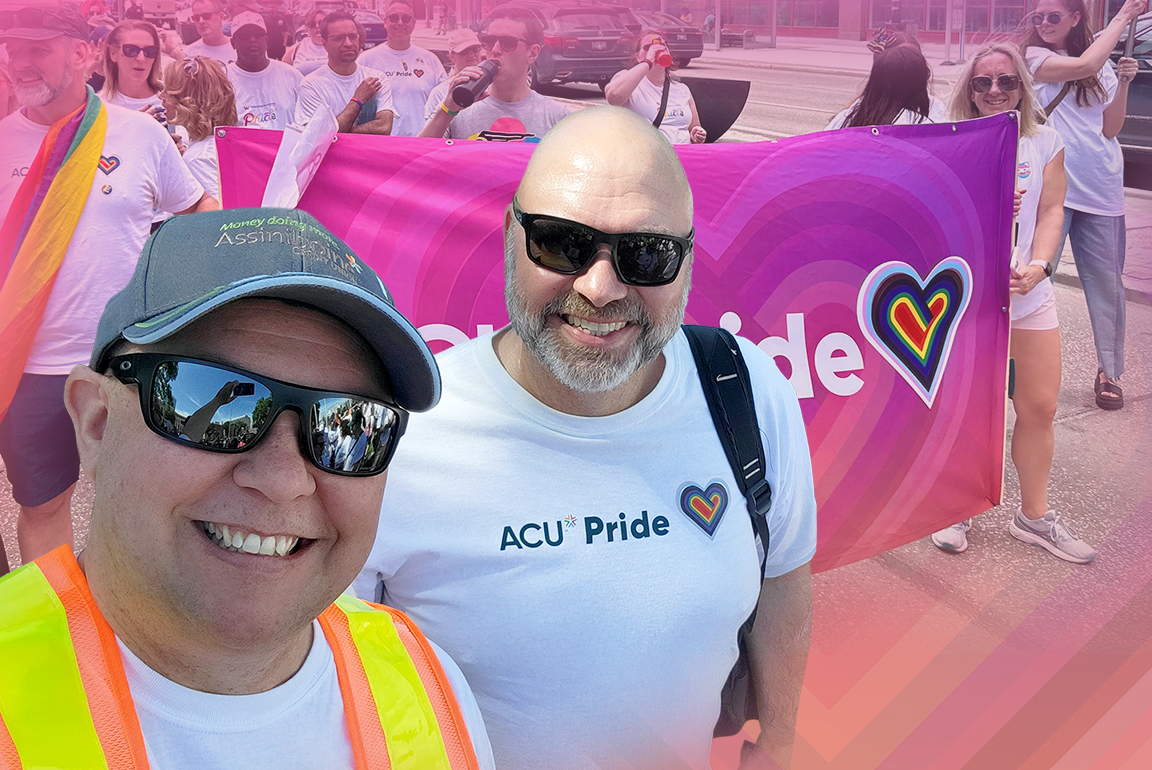Posted: September 30, 2021 by Niigaanwewidam James Sinclair in Community stories, 94 calls to action, ACU’s Indigenous Leader, Calls to Action, cultural genocide, National Day for Truth and Reconciliation, Niigaanwewidam James Sinclair, Orange Shirt Day, residential schools, Truth and Reconciliation Commission (TRC), University of Manitoba
How the Orange Shirt Day movement impacts everyone, every day
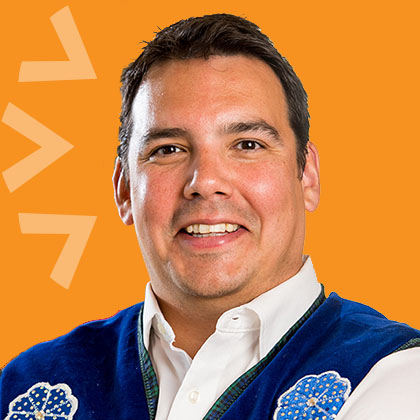
Originally published September 2020.
Niigaanwewidam James Sinclair is Anishinaabe (St. Peter’s/Little Peguis) and an Associate Professor at the University of Manitoba. He is an award-winning writer, editor and activist who was named one of Monocle Magazine‘s “Canada’s Top 20 Most Influential People” and he won the 2018 Canadian columnist of the year at the National Newspaper Awards for his bi-weekly columns in The Winnipeg Free Press.
See Niigaanwewidam’s full profile here.
You may see a lot of orange around this month.
The Orange Shirt Story
Orange Shirt Day is held annually on September 30th to honour survivors of residential schools. This meaningful and significant Orange Shirt Day movement started in 2013 to recognize the month in which Indigenous children were removed from their parents.

In particular, Orange Shirt Day began with the story of Phyllis Webstad, who at only six years old was sent to the St. Joseph Mission residential school. However, before she left, her grandmother found a way, on very modest means, to buy her granddaughter a new shirt to make her feel special.
I remember going to Robinson’s store and picking out a shiny orange shirt. It had string laced up in front, and was so bright and exciting – just like I felt to be going to school!” — Phyllis Webstad
But the first day at school was far from exciting for young Phyllis. She had her orange shirt taken away upon arrival at the residential school, and this was the beginning of feelings of worthlessness and insignificance that would be ingrained in her for decades later.
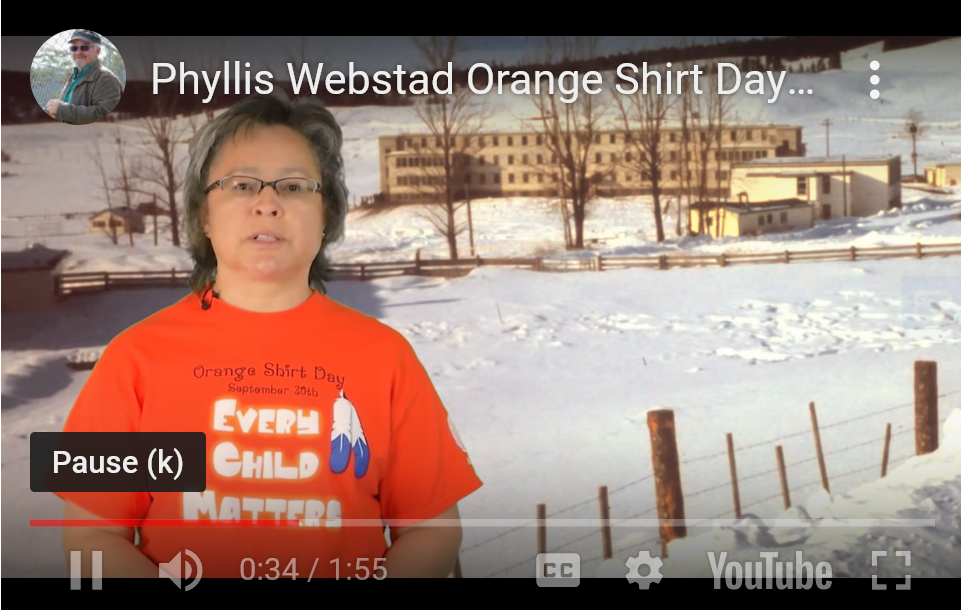
As explained by the Orange Shirt Society, the non-profit organization with its home in Williams Lake, British Columbia where Orange Shirt Day began, the day was established “in recognition of the harm the residential school system did to children’s sense of self-esteem and well being, and as an affirmation of our commitment to ensure that everyone around us matters.”
Participating with significance
Since inception, the event has become more widely recognized with participation at schools, businesses and many organizations across Canada. Most involve some kind of action such as a march, planting a garden or performing some educational activity. All involve proudly wearing orange shirts – something Phyllis was not allowed to do.
At my daughter’s junior high, most of the school’s population (over a thousand students) take an annual walk to the nearby Assiniboia Residential School site, located at 621 Academy Avenue. This residential school operated from 1958 to 1973 and was attended by more than 600 Indigenous students from reserves throughout Manitoba.
During this annual walk, they will smudge the site, listen to speakers and hold a ceremony to honour survivors. One year, they even held a mini pow wow.
At one time, all of these actions would have been illegal.
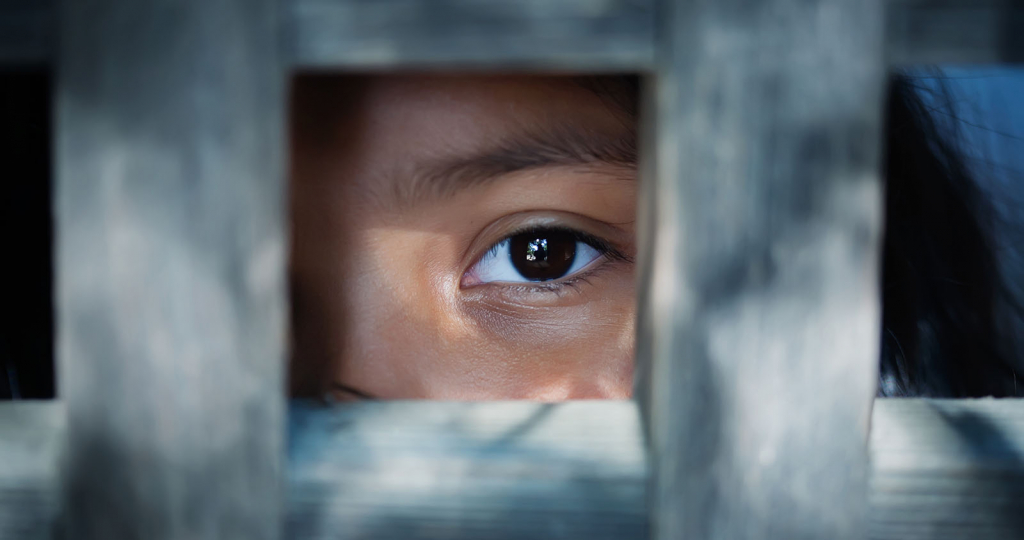
Trauma is a foundational fabric of the country
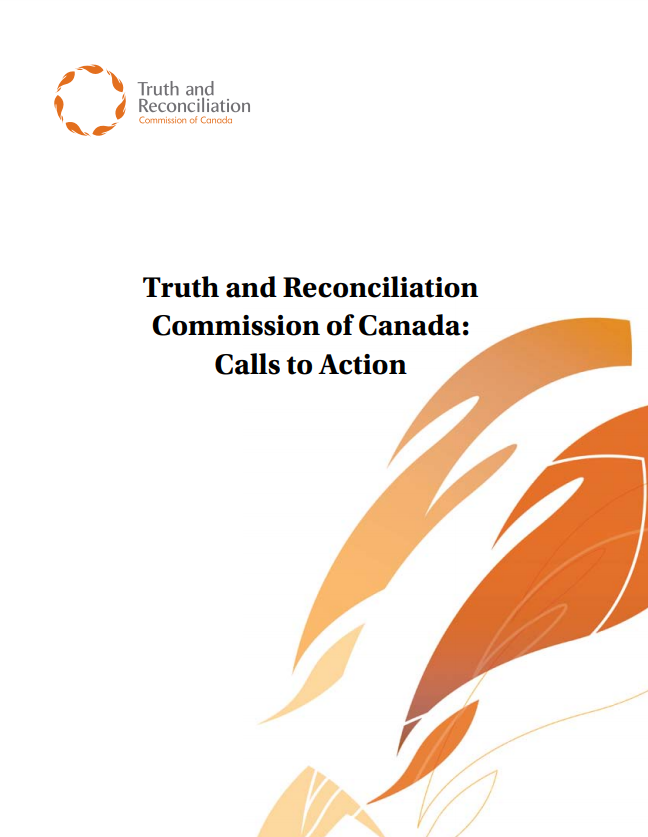
What led to and happened at residential schools is now well documented. There is no excuse not to know anymore. Residential schools, according to the Truth and Reconciliation Commission (TRC), were an act of cultural genocide with legacies that can be found in all parts of Canada – and all Canadians – today.
The final report of the TRC is vital reading for all. While it is a lengthy document – nearly 4,000 pages in six volumes – every page is necessary as it explains how extensive residential schools were and the legacies left behind. The report is also very emotional, detailing the meticulous research and documentation encompassing nearly 7,000 statements from survivors, participants and witnesses to the schools.
The report lays bare a truth that the genocide of Indigenous children by removing them from their families and indoctrinating them into institutions intended to “kill the Indian” is a defining feature of Canada. This trauma is a foundational fabric of the country, impacting every single person here.
Honouring the humanity
For survivors and their families, the legacies of residential schools reside in our poverty and struggles, interactions with governments and institutions, and engagements with each other.

For Canadians, the legacies of the schools live in the laws, policies and practices that embody a sense of Canadian superiority and Indigenous inferiority, while stubbornly refusing to change. There are some – even in the highest reaches of power in Canada – who want the “good” stories of residential schools to be told.
Honouring this humanity is what Orange Shirt Day is all about.
Why is Orange Shirt Day important at ACU?
Orange Shirt Day is important to ACU, as it is part of our commitments in response to the Truth and Reconciliation Commission of Canada’s Calls to Action and our commitment to the Winnipeg Indigenous Accord. At ACU, we have a long journey ahead of us — in this country and in our communities — to rebuild healthy and respectful relationships with all our relations. ACU is committed to doing our part in that journey.
ACU’s learning journey is led by ACU’s Indigenous Leadership Circle (ILC). The ILC is formed by ACU employees, who have a desire and willingness to create opportunities to learn and who self-identify as Indigenous to Turtle Island (the Indigenous name for North America).
Throughout the month of September, the ILC will guide ACU employees through a personal journey of reconciliation about Orange Shirt Day. ACU employees will be asked to engage (or participate) in a number of activities to support the education and knowledge of Orange Shirt day and Truth and Reconciliation. The ILC brings to ACU a collection of knowledge and experience in the area of Reconciliation.
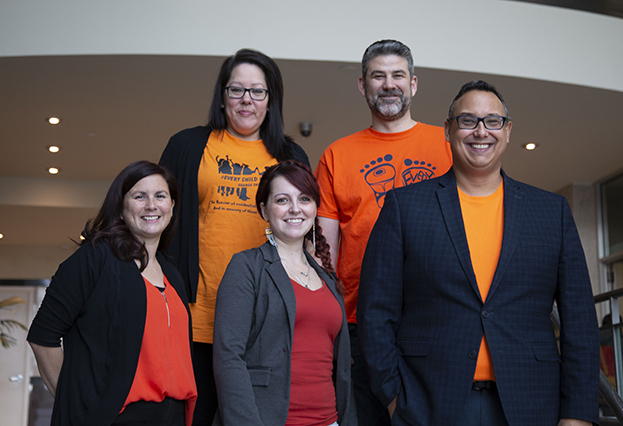
With ACU’s mission and vision to support a sustainable future for all, the credit union recognizes it has a responsibility to engage in reconciliation — from a corporate level, for employees and for members. Initiatives and events led by the ILC help raise awareness and participation, with the goal “to engage, inform and empower employees so that the relations envisioned by the Truth and Reconciliation report become a reality here at ACU.”
Employees learn, discuss and participate
ACU’s Chief People Officer, Kim Champion Taylor, explains the significance of Orange Shirt Day on both a personal and professional level. “Orange Shirt Day provides us with an opportunity to demonstrate our commitment to both truth and reconciliation. Wearing an orange shirt can start a conversation or continue a dialogue,” Kim explains.

It can lead to greater awareness and deeper understanding about the trauma and truth that so many survivors, families, communities and people personally affected by residential schools have painfully shared with us, so we can most meaningfully engage in reconciliation. Orange Shirt Day, is one small way, we can visibly show our commitment to, and responsibility for, our personal journeys of reconciliation.”
For other ACU employees, participation in the day also has significant meaning.

I’m proud to work at an organization like ACU that is committed to reconciliation and encourages its employees to participate in their own journeys,” explains Maria Cristina Laureano, Marketing Specialist, Digital at ACU.
“For me, wearing an orange shirt is just one of the ways that I can proudly show that I’m an ally, not just on that day, but every day,” she continues. “By wearing an orange shirt, I think it can facilitate conversations with people who may not know about the Orange Shirt Day movement or may have differing opinions about it. It’s our responsibility as allies to not put the burden of learning, growing and teaching just on the Indigenous community. We all need to be active participants in the conversation in order for things to change.”
Make a society different than what we inherited
None of the truth about residential school is intended to make us paralyzed. The truth should encourage us to act, to change and to make a society different than what we inherited.
Reconciliation must support Aboriginal peoples as they heal from the destructive legacies of colonization that have wreaked such havoc in their lives,” the TRC summary report states. “But it must do even more. Reconciliation must inspire Aboriginal and non-Aboriginal peoples to transform Canadian society so that our children and grandchildren can live together in dignity, peace, and prosperity on these lands we now share.”
This is why the TRC gave all of us 94 calls to action, calling on virtually all segments of society to commit to one another. To move. To grow.
Just like we all do on Orange Shirt Day.
Call to Action 80 calls for a “National Day for Truth and Reconciliation.” Maybe we should make it a week, a month, or a year…
Maybe we can make it always.
Up Next
Community stories
Read more ›
Sustainability: How ACU is turning words into action
A hand holding a seedling
Advice/Perspectives, Community stories
Read more ›
For ACU, Pride radiates outward
“I’ve always wanted to instill a change in the world for the better,” says Cristina McCourt, Financial Account Manager Trainee and member of the ACU Pride Committee, an employee-led resource…
Advice/Perspectives, Borrow, Business growth
Read more ›
Royal Aviation Museum travels to its final destination—with ACU’s help
A stone’s throw from the main terminal of Winnipeg Richardson International Airport you’ll find one of Canada’s hidden gems, where the airplanes are a little more exciting than your typical…


